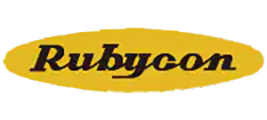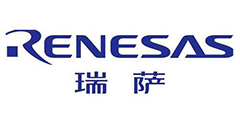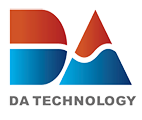Sea-to-Air Drone Goes Stealth
Johns Hopkins’ Applied Physics Laboratory (APL) has prototyped an unmanned aerial-aquatic vehicle, aptly dubbed the Flying Fish, that the lab says is the first UAAV to use a fixed delta wing design. Stealth fighter jets have a delta (triangular) wing shape to add structural rigidity and enable the craft to dive more easily. In the Flying Fish, the delta wing maximizes the drone’s buoyant lift as it emerges from the water, enabling it to transition directly from underwater propulsion to flight, according to APL researchers.
“There are other drones that can be released underwater, float to the surface, then take off with their helicopter-like propellers, but ours is the first to use a fixed wing to fly both in air and underwater,” robotics researcher Joe Moore told EE Times. APL robotics researchers Eddie Tunstel and Robert Osiander worked with Moore on the project.
The team overcame a few engineering hurdles to make the Flying Fish UAAV possible. The design required careful simulation of the power available at the propeller from a small, battery-fueled electric motor. The drone would need to move slowly enough to navigate nose-down to stay underwater and then quickly accelerate, nose-up, to a sufficient velocity to achieve lift and fly at a top speed of about 30 miles per hour.
“Our funding was internal, but we had in mind a craft that military submarines could release for stealth reconnaissance, or [that could] fly inland to find out what is in a landlocked lake or take samples from many parts of a lake very quickly by flying from spot to spot,” Moore said.
In just the last few months, the team has mounted sensors for inertial navigation during reconnaissance, pressure sensors for underwater depth detection, and water- and air-temperature sensors to help the craft make the transition. The prototype has a Texas Instruments control board using an Omap processor and an Atmega32u4 daughterboard with an Atmel AVR core to handle sensors and high-level graphics.
The team is writing autopilot software for the Omap processor that will allow the user to assign the Flying Fish high-level missions that it would then carry out autonomously. The team also wants to put solar cells on the drone’s wings so that it can land and float on the water to recharge its battery during missions.
在线留言询价
- 一周热料
- 紧缺物料秒杀
| 型号 | 品牌 | 询价 |
|---|---|---|
| RB751G-40T2R | ROHM Semiconductor | |
| BD71847AMWV-E2 | ROHM Semiconductor | |
| MC33074DR2G | onsemi | |
| CDZVT2R20B | ROHM Semiconductor | |
| TL431ACLPR | Texas Instruments |
| 型号 | 品牌 | 抢购 |
|---|---|---|
| BP3621 | ROHM Semiconductor | |
| STM32F429IGT6 | STMicroelectronics | |
| IPZ40N04S5L4R8ATMA1 | Infineon Technologies | |
| BU33JA2MNVX-CTL | ROHM Semiconductor | |
| TPS63050YFFR | Texas Instruments | |
| ESR03EZPJ151 | ROHM Semiconductor |
- 周排行榜
- 月排行榜
AMEYA360公众号二维码
识别二维码,即可关注


请输入下方图片中的验证码:






















